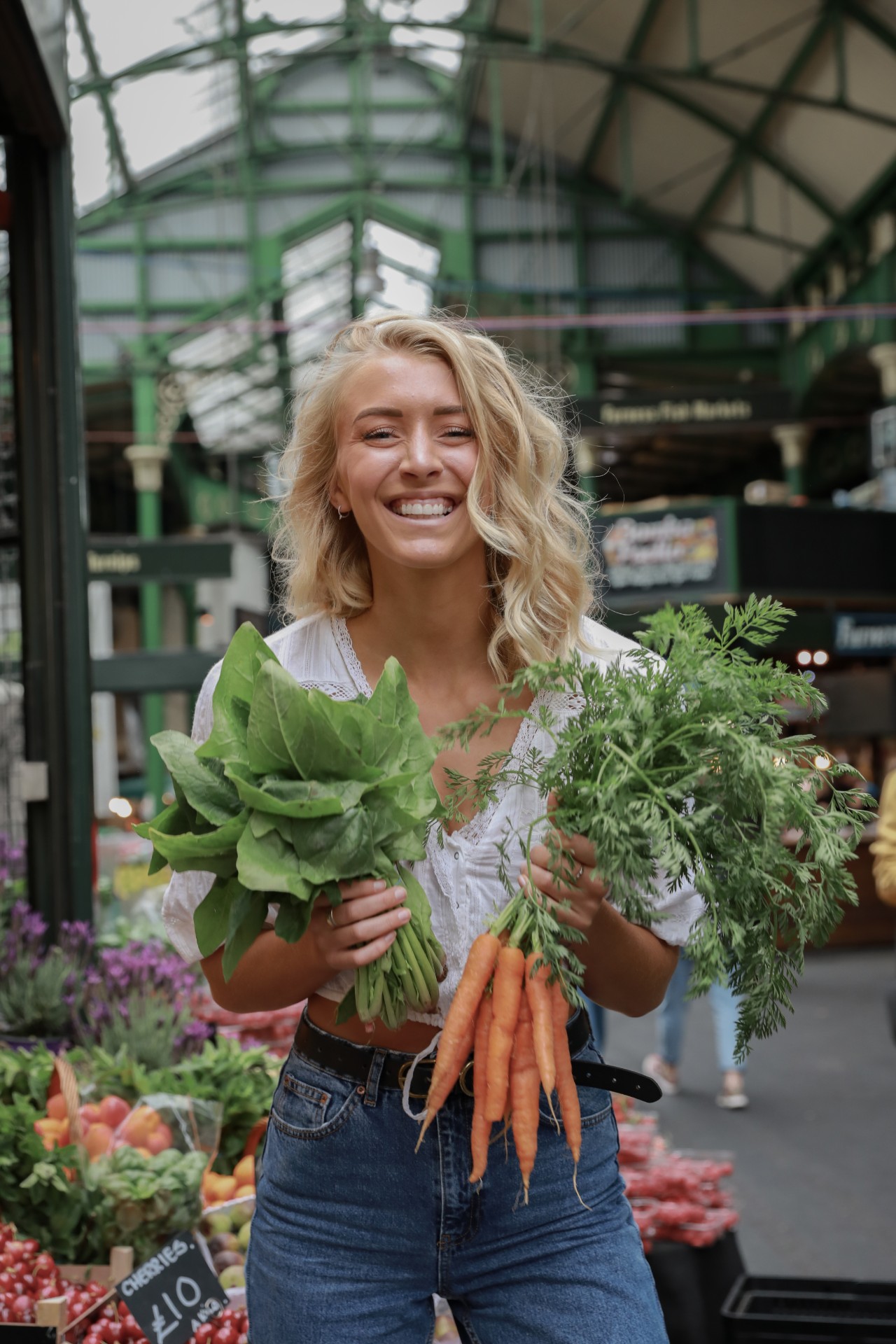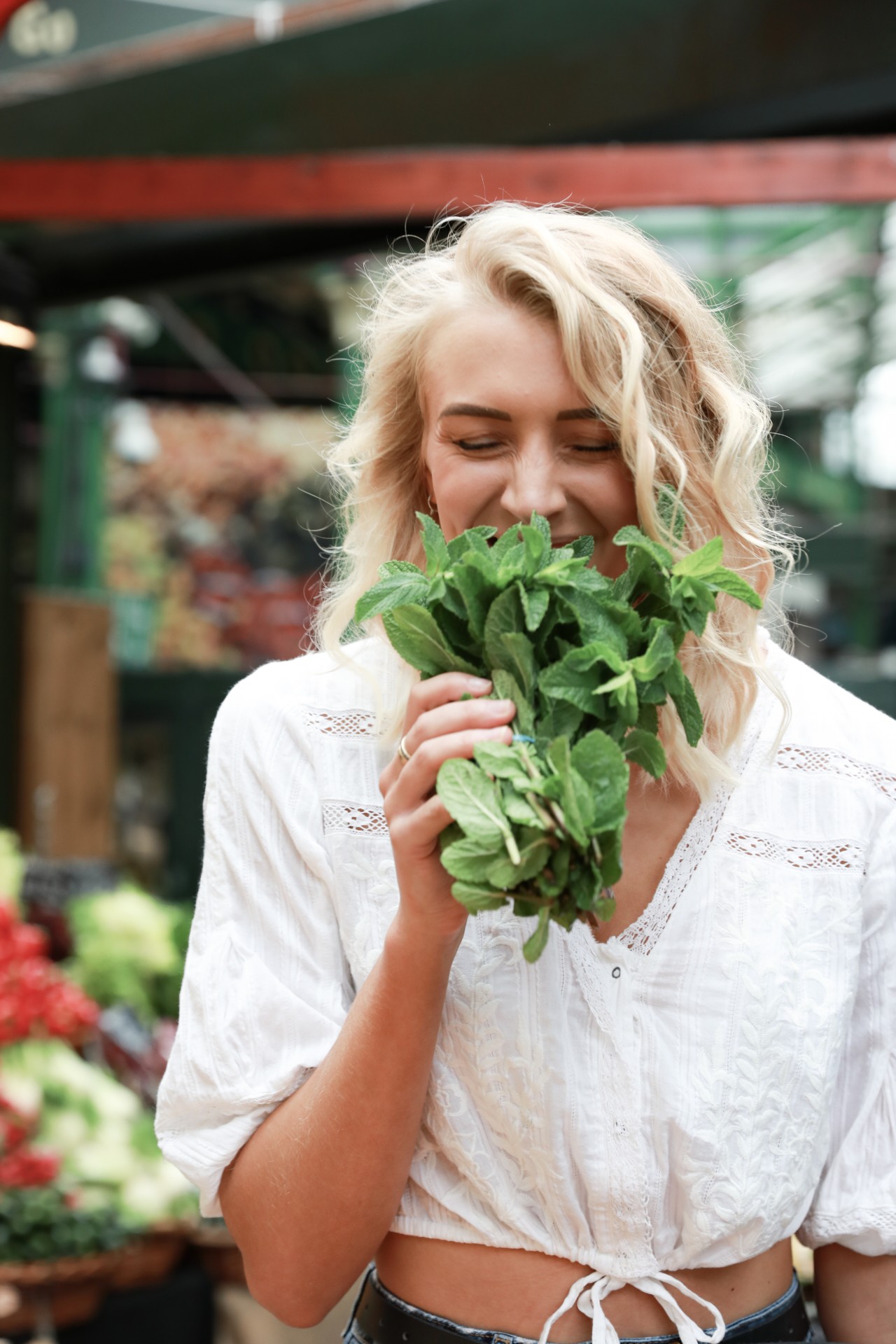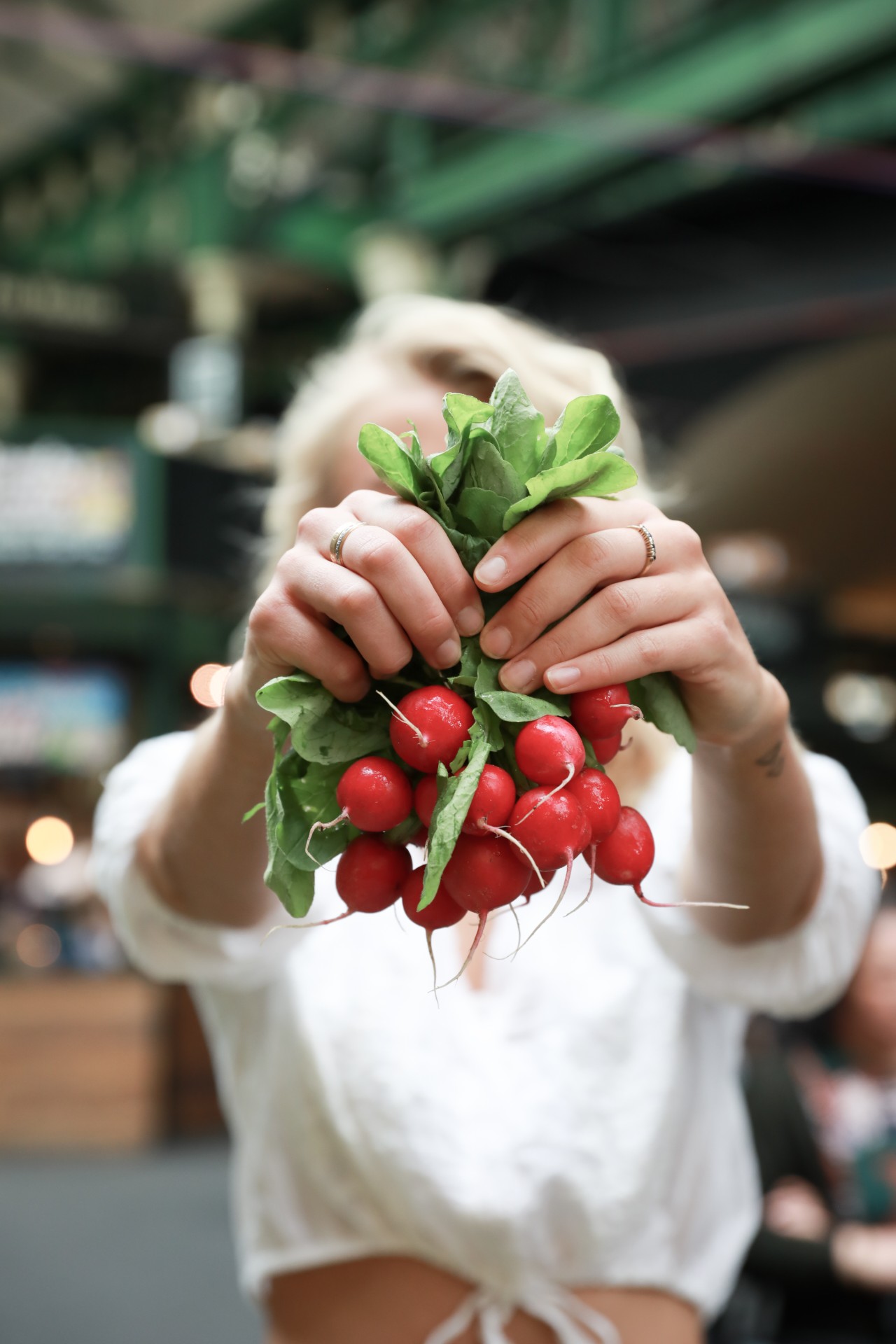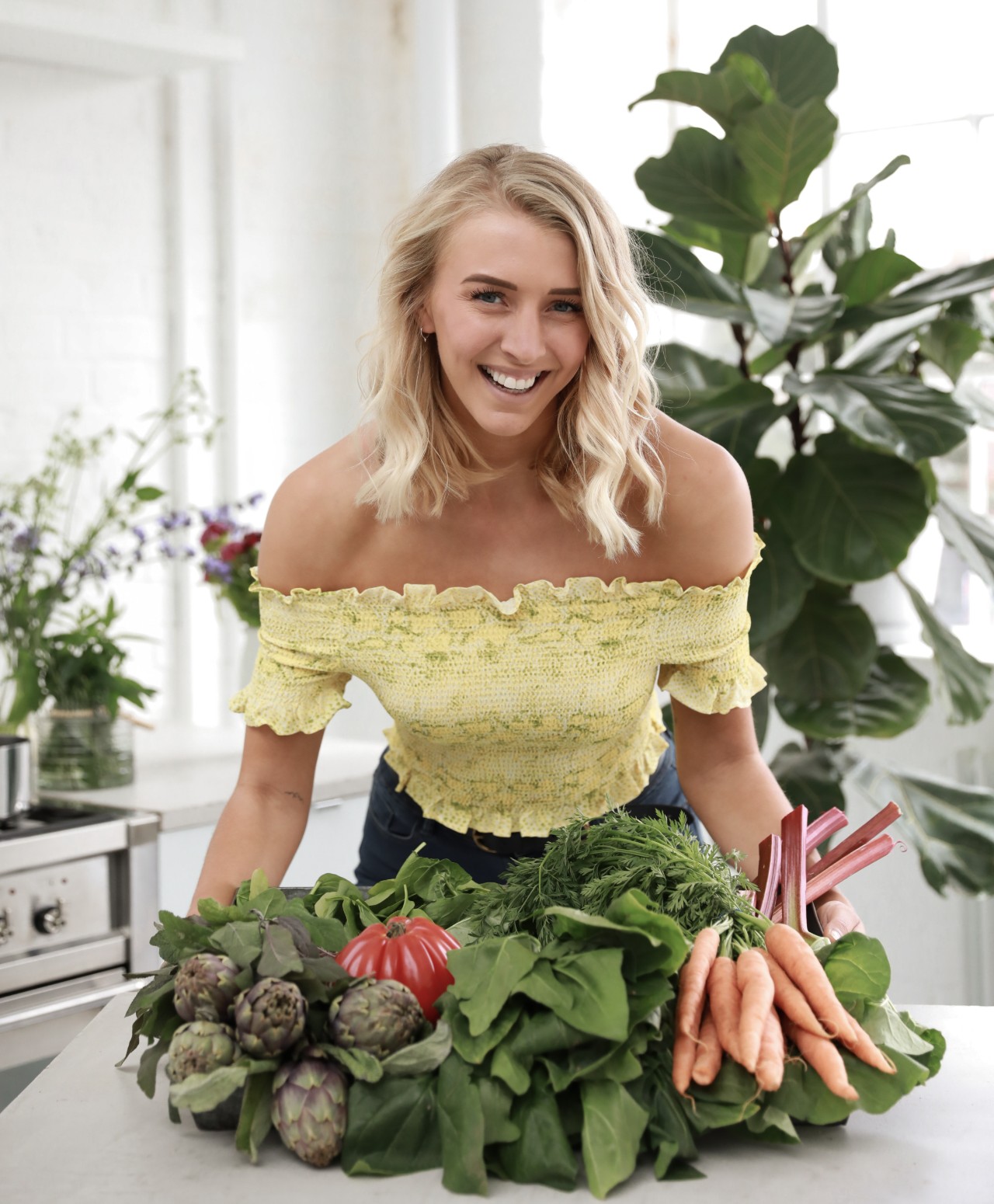The more time I spend in the kitchen the more I realise the value of eating seasonally, meaning eating produce that is grown locally – minimising the time taken between picking and hitting the plate. There are numerous benefits to doing this but some personal favourites include:
- It’s good for the planet. It minimises transportation of food around the world thus reducing your dinner’s carbon footprint.
- It supports local growers and therefore the local community and economy.
- The produce tastes fresher and SO much more delicious.
- It’s better value. Research shows produce bought in season is at least a third cheaper than other times of the year.
- It encourages you to try new things, keeps your diet varied and pushes you out of your cooking comfort zone.



To make seasonal eating even easier for you, I have popped a month by month guide below. But if you’re ever uncertain the best thing to do is just check the label to see where your fresh produce has come from. The closer to home the better. And the best option of all? Shop at a local farmers market!
What Is In Season:
In Early Summer (June – July)
Broad Beans and Peas – Both conjure up memories of boring frozen veg served up through the winter. But adding these fresh out of the pod to salads, pastas and risottos is a game changer.
Salad Leaves – Whether it’s a curly leaf or a little red gem, lettuce is so under-rated. Pick one up from your local farmers market or better still you can easily grow some in your own garden, You will really taste the difference. And if you haven’t tried it braised before, you are missing a treat.
Strawberries – There is nothing sweeter than locally grown strawberries and now is the time to get them. The pick your own directory lists local farms throughout the UK where you can be sure that your fruit goes from plant to plate in just a few hours.
In Late Summer (August – September)
Tomatoes – eating raw tomatoes is by far the most nutritious way to enjoy this fresh fruit. Eat them as an on-the-go snack, toss them into a salad, or slice them up and put them on a sandwich. It’s hard to beat that fresh-from-the-vine, raw tomato taste.
Courgette – sometimes known as zucchini, has taken on a new lease of life recently with kitchen gadgets such as spiralisers and mandolins. Who knew that a courgette was so good raw when chopped fine with oil, lemon, salt and pepper, added into oatmeal or used as a spaghetti substitute.
Runner Beans – they might remind you of roast dinners but zhoosh them up with chilli and garlic, barely cooked in a stir fry – it’s delicious.

In Autumn (October – November)
Sweetcorn – BBQ season is over when sweetcorn is at its best so try blackening in a pan or slice off the kernels and mix with lime, chopped tomato, chilli, mango and mint for a delicious accompaniment to a veggie chilli.
Red Cabbage – Long lasting and packed with goodness, a great addition to any salad or slaw for it’s crunchiness and it’s also really good braised with apple.
Potatoes – Potatoes are so underrated. I love mine cooked in a hasselback style, baked or smashed with the skin on. They are a good source of vitamin C and great for fuelling your workouts.
In Winter (December – February)
Brussel Sprouts – My favourite! Try braising them with olive oil and chestnuts for a delicious dish.
Kale – A smoothie staple. When it’s super fresh, eating it raw with a good asian style dressing is awesome. Or you could try very gently roasting it and adding it to stews – yum!
Carrots – There are one hundred and one things you can do with these nuggets, I love roasting them with cumin and lashings of oil. And of course raw dipped in hummus!

In Early Spring (March – April)
Leeks – I use leeks as a base flavour in many dishes, but you can even make vegan cheesy leeks for a creamy treat!
Cauliflower – Make buffalo cauliflower, add it to soups as a thickener or roast it with cumin – it’s perfect for early spring.
In Late Spring (May)
Asparagus – Another personal favourite. It’s delicious roasted and tossed in toasted sesame seeds.
Rhubarb – Try stewing it with some orange juice and ginger or cinnamon, then adding it to your favourite vegan yoghurt for a quick, delicious breakfast.
Hopefully this is useful, but if you want evermore info then there is a great seasonality calendar for the UK here.
Happy eating,
Zanna x

